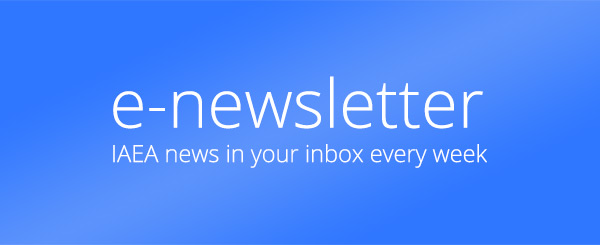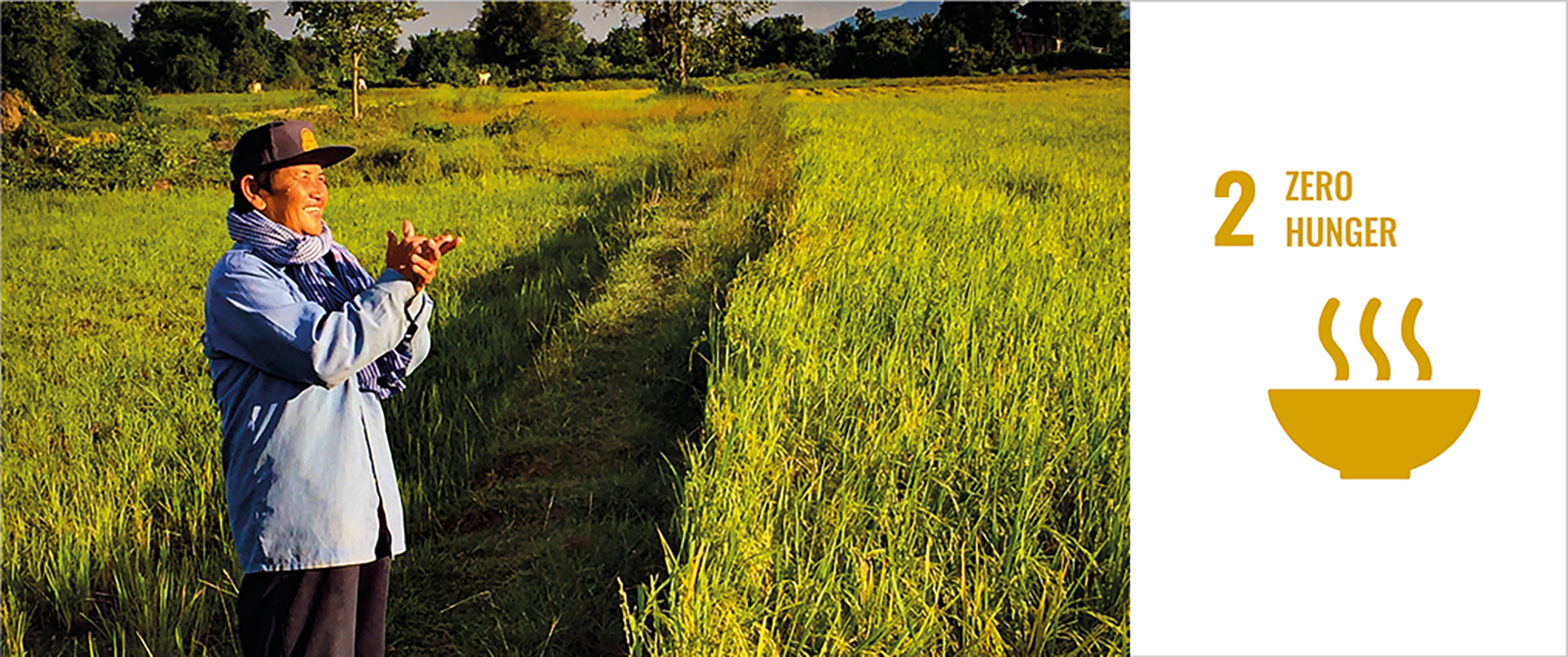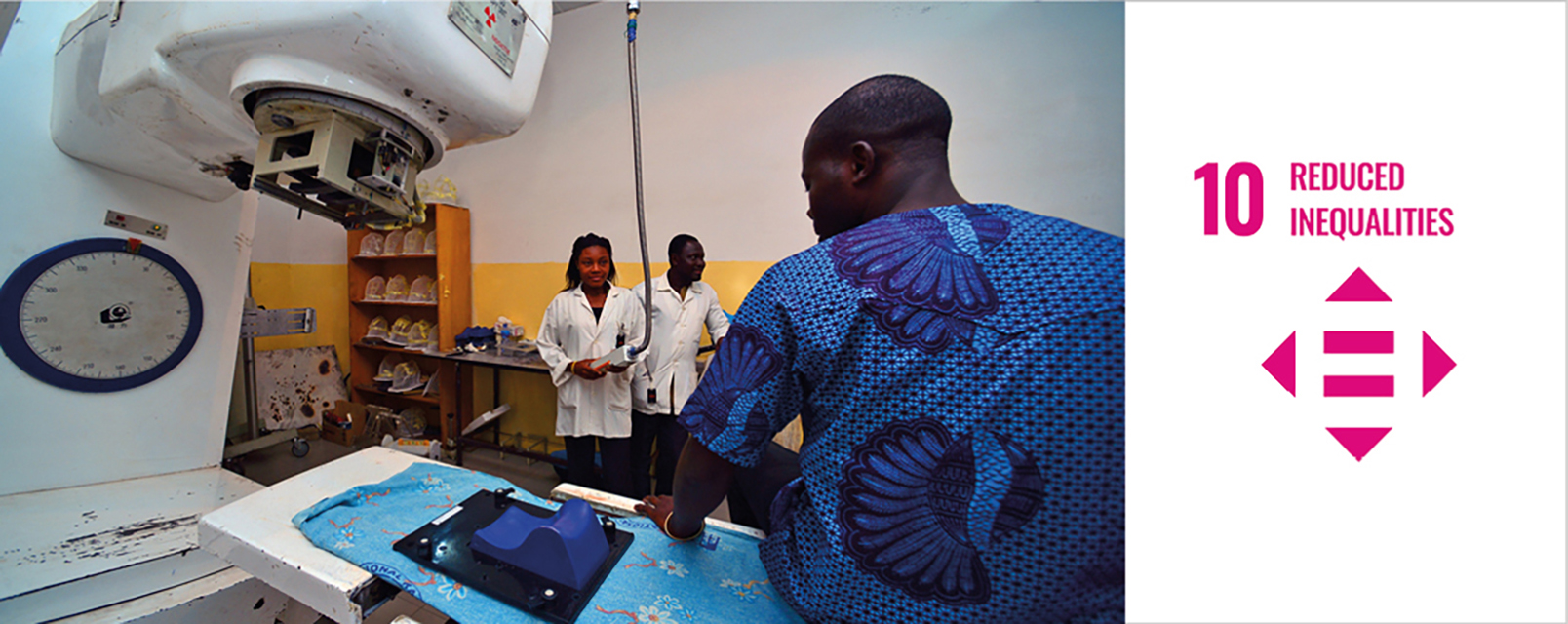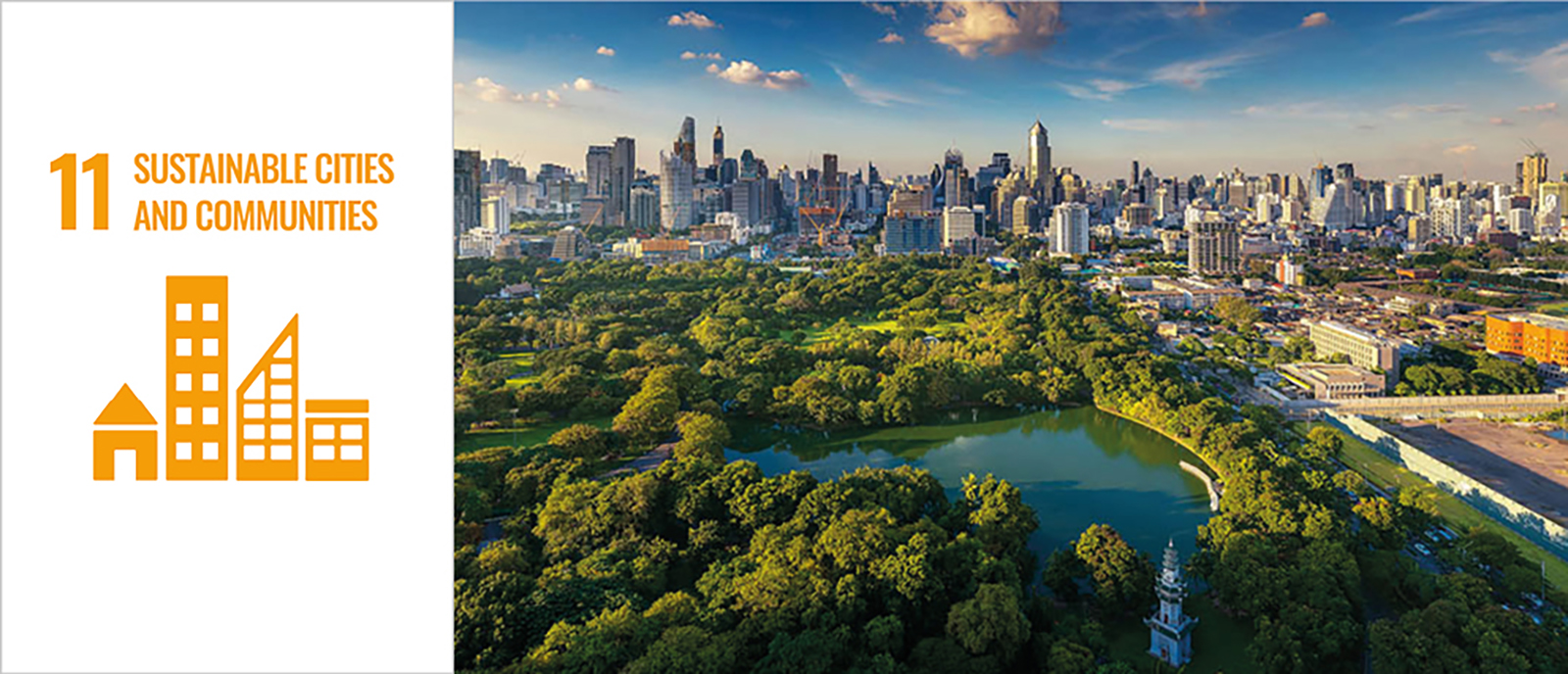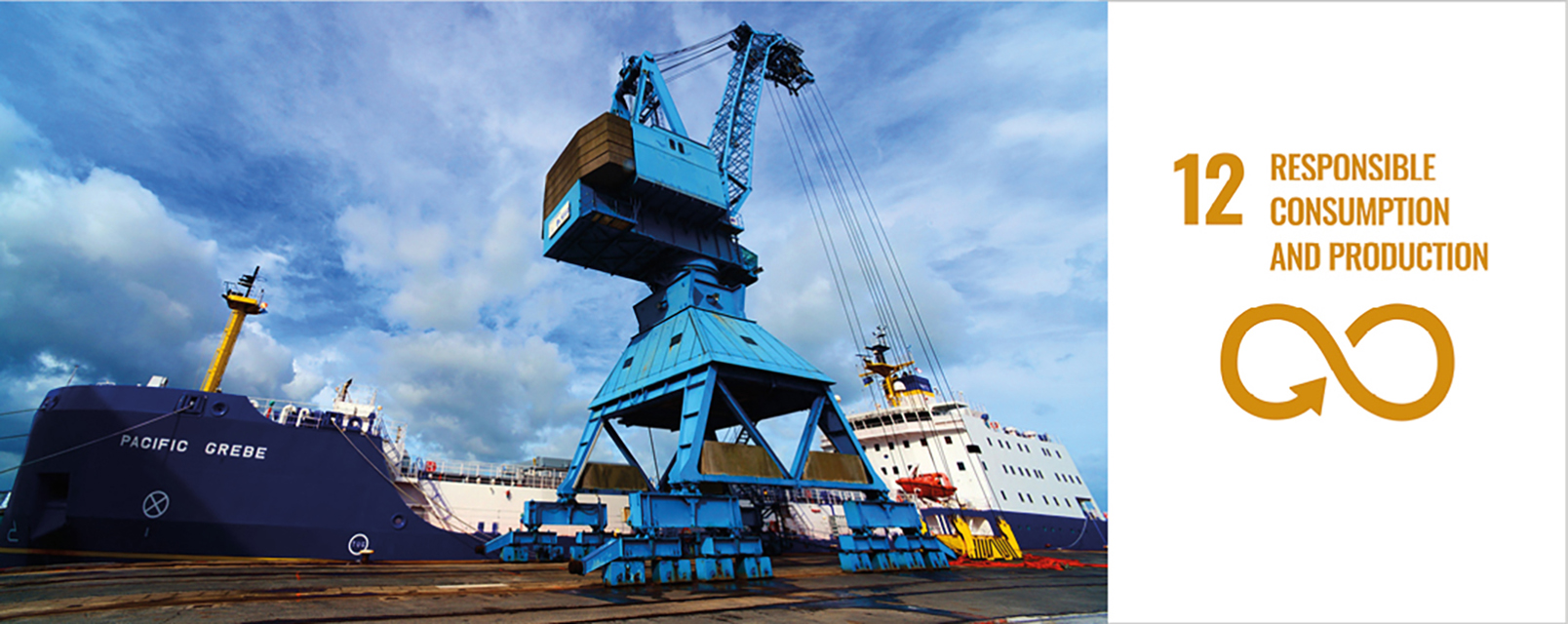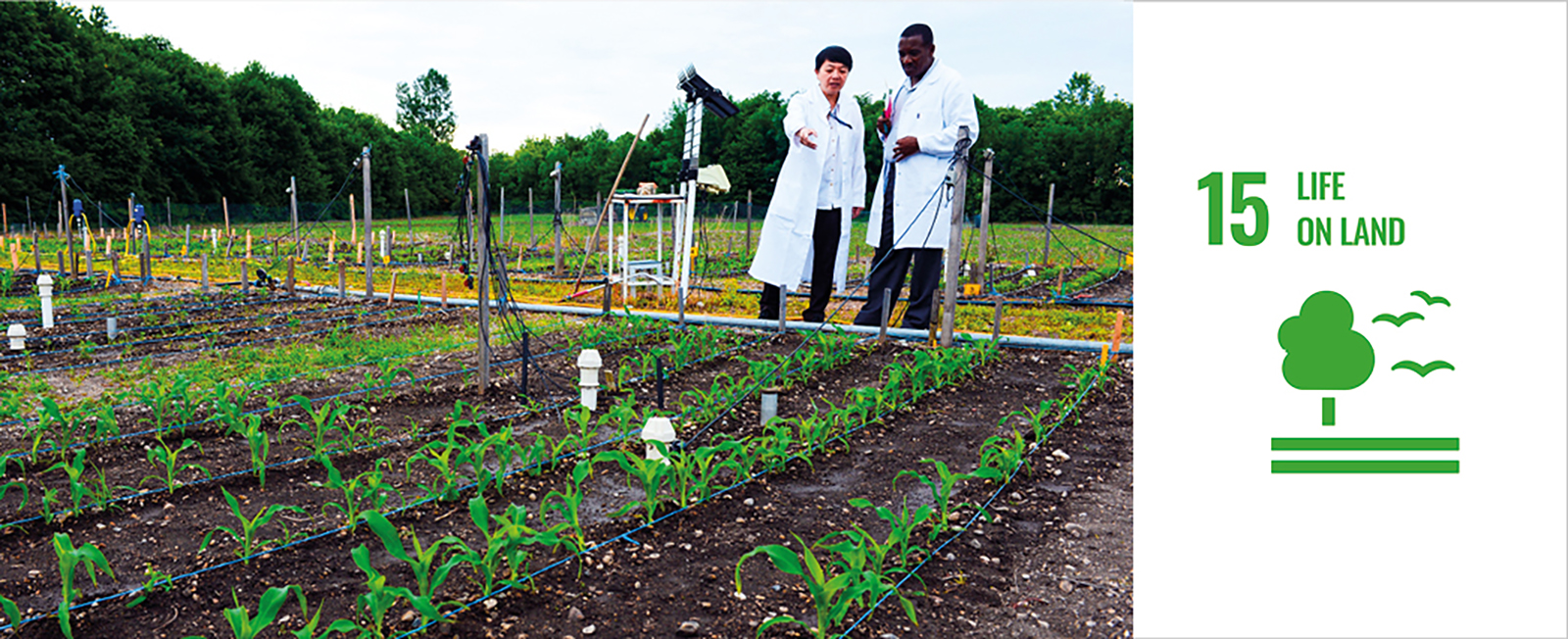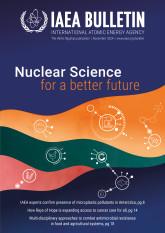The IAEA advances SDG 1 (No Poverty) by implementing technical cooperation projects that enhance food safety and export competitiveness in rural areas. By applying nuclear techniques, the IAEA helps improve agricultural practices, boost economic opportunities and support sustainable livelihoods, reducing poverty in marginalized communities.

